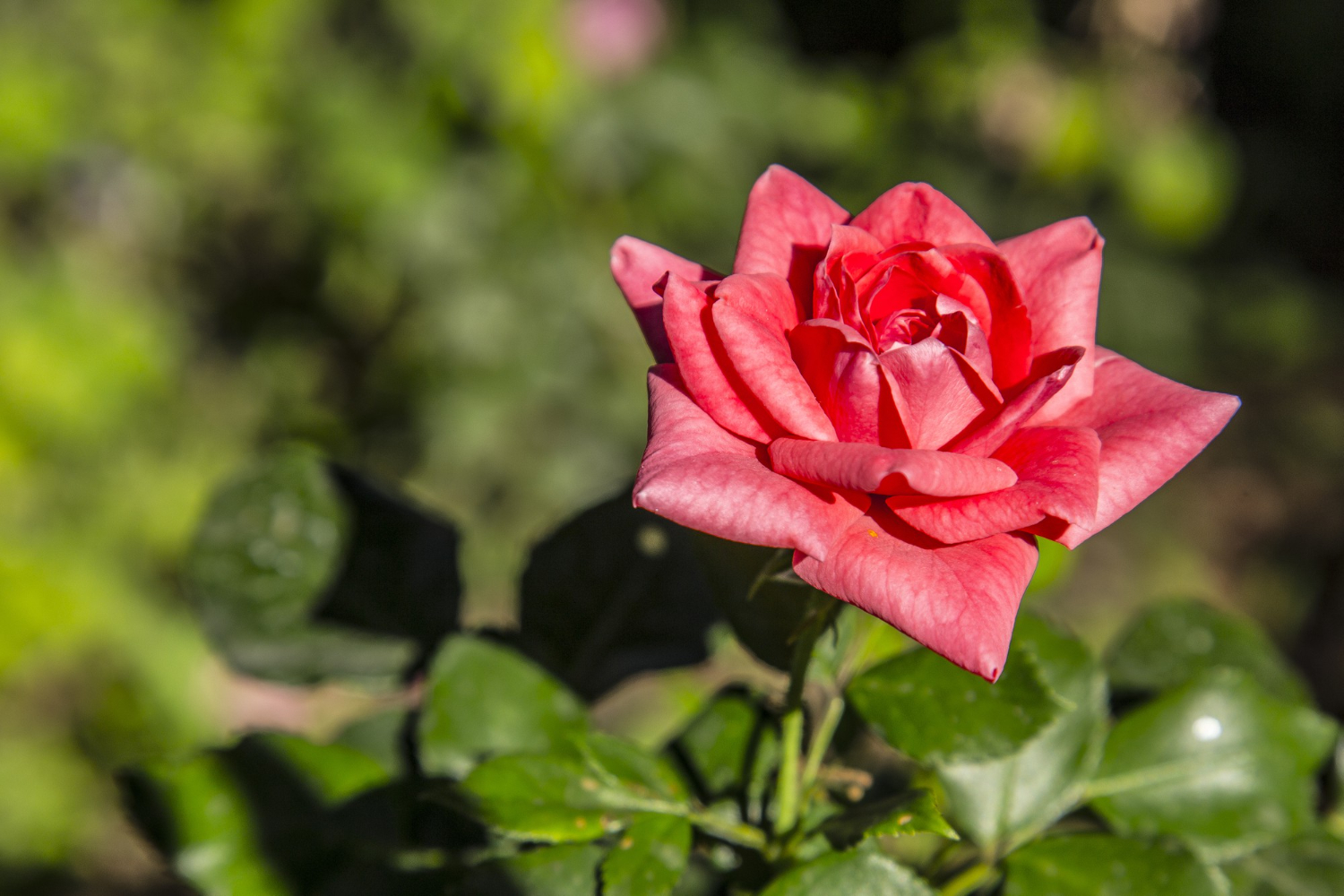Satva Rose is more than just a name—it reflects a unique bloom that draws people in with its gentle allure and understated beauty. When someone first encounters Satva Rose, they often notice how calm and soothing it feels. Whether you’re a gardener, a floral enthusiast, or simply someone with an eye for subtle beauty, there’s something compelling about satva rose that lingers in your mind. This introduction explores what Satva Rose is, why it matters to so many, and what makes it stand out in a world full of flowers.
Understanding Satva Rose
Satva Rose didn’t emerge overnight. Its roots stretch back to mindful plant breeding traditions that focus on purity, harmony, and natural elegance. The name itself—satva—suggests something rooted in balance and authenticity, capturing a philosophy rather than just a physical characteristic. Historically, breeders worked quietly over generations, caring for qualities that made this rose feel more grounded, more serene. Over time, Satva Rose carried forward traits such as gentle petal formation, soft fragrance, and a poised visual presence—all shaped by nature and mindful cultivation, rather than flashy traits.
What sets Satva Rose apart is its quiet strength. Unlike roses bred for loud colors or aggressive fragrance, satva rose draws you closer with subtlety. The petals often display a delicate shade that isn’t overstated—maybe a soft peach, a whisper of ivory, or a tender blush. The texture feels smooth to the touch, and the center tends to open in a way that’s inviting yet restrained. There’s a simplicity in its form that speaks to viewers on an emotional level. In the botanical world, satva rose stands out as a reminder that beauty doesn’t need to shout—it just needs to be present.
The Symbolism Behind Satva Rose
Across cultures, roses carry layers of meaning—love, honor, remembrance. Satva Rose, with its quieter presence, draws its symbolic weight from notions of serenity, purity, and calm. In traditions valuing mindfulness or meditation, satva rose can represent clarity of mind and a heart at ease. In art and literature, authors sometimes mention such gentle blooms as metaphors for inner peace or balanced existence. Spiritual practices that celebrate stillness or presence may choose satva rose as a natural emblem of equanimity.
Emotionally, satva rose tends to evoke feelings of comfort, quiet joy, and inner calm. When someone receives or sees a satva rose, they may feel instantly soothed. It’s a flower that communicates authenticity rather than intensity. Aesthetically, it works beautifully in minimalist settings—think a single bloom in a simple vase, admired for its form rather than overwhelmed by surrounding décor. Satva Rose invites a reflective pause, a moment to appreciate subtle color and soft structure, connecting deeply with those who value introspection.
The Natural Beauty of Satva Rose
Satva Rose often shows its beauty through nuanced shades and graceful structure. Its petals typically unfold with a gentle symmetry, smooth edges, and a soft gradient of color. The bloom may be medium-sized—not overwhelming, but just enough to draw attention. The fragrance, if present, feels light—like a whisper rather than a shout. In good light, you can see the delicate veins on petals, giving it visual depth. The stem and foliage tend to complement the bloom, with healthy, green leaves that feel understated, highlighting the flower rather than competing with it. Overall, satva rose looks like the visual embodiment of calm—carefully balanced and quietly captivating.
Compared to flamboyant roses—those bred for dramatic hues like blood red or electric pink—satva rose offers a different kind of appeal. It doesn’t demand attention; it offers invitation. Compared with heavily scented heritage roses, satva rose might feel more restrained, less overpowering. It differs also from wild roses, whose charm is often rugged or whimsical. Instead, satva rose feels curated but natural—like a polished pebble shaped by gentle rivers over time, not harsh forces. In a world full of extremes, satva rose sits in the middle ground: soothing, poised, and genuine.
Common Uses of Satva Rose
Satva Rose shines in home décor that values tranquility and simplicity. Whether placed in a slender vase on a bedside table or tucked into a rustic shelf arrangement, its subtle hue and form add softness without clutter. In interior design, it pairs well with neutral palettes—think calming shades of beige, sage, pale gray. Event planners who seek a refined aesthetic may choose satva rose for wedding tablescapes or intimate gatherings, where the flower’s understated presence helps set a relaxed and elegant tone. Lifestyle bloggers and photographers also favor it when building calming, aspirational imagery for social feeds or print spreads.
In ritual contexts that emphasize mindfulness and intention, satva rose may be preferred over louder flowers. For instance, it might be included in meditation altars, symbolizing clarity or presence. In wellness spaces like spa environments, the sight—and perhaps a very subtle scent—of satva rose reinforces a serene atmosphere. Some practitioners incorporate its petals into calming baths or incense blends, using the flower’s gentle symbolism to support inward focus. It’s a flower that helps anchor experiences in a softer, more reflective space.
Caring for Satva Rose
To keep satva rose looking and feeling its best, start with clean, fresh water. Change the water every couple of days, trimming the stem ends slightly each time to help with absorption. Place the rose away from direct sunlight, drafts, or heat sources—let it live in a calm corner of a room, not in full glare or wind. If you’re preserving the bloom longer, consider adding a small, mild cut-flower preservative to the water, or a teaspoon of sugar plus a few drops of lemon juice—simple, gentle, effective. Always remove faded petals or leaves below the waterline to prevent bacterial growth.
Maintain the satva rose’s charm by handling it gently. Support the bloom with your hand when moving it. Avoid overcrowding in a vase—give the flower space to “inhale.” If you’re storing it before displaying, wrap it loosely in damp tissue and keep it cool, but not refrigerated too cold—just a mild coolness. When the bloom starts to fade, you might consider air-drying it slowly by hanging head-down in a dry, dark place—this preserves its form, allowing appreciation of its shape long after fresh life.
Why Satva Rose Continues to Inspire
In today’s fast-paced, often overstimulating world, people gravitate toward things that feel grounding and honest. Satva Rose fits this desire perfectly. It doesn’t scream for attention; it invites closeness. In mindfulness culture, minimal design, and wellness communities, there’s an ongoing appreciation for elements like satva rose that align with calm, clarity, and natural simplicity. More designers and influencers are spotlighting blooms that feel authentic and serene, and satva rose appears in curated flat-lays, wholesome brand imagery, and articles about intentional living.
Within contemporary floral design, satva rose is finding its niche. Florists who specialize in slow flower arrangements—ones that emphasize seasonal, local, and gentle beauty—often lean on satva rose. In weddings that prefer neutral palettes or “quiet luxury,” the bloom quietly steals the show. In digital culture, images of satva rose frequently accompany posts on self-care, daily calm, and mindful routines. Its aesthetic resonates deeply with those cultivating slower, more meaningful experiences. The continued use of satva rose shows that beauty can be gentle and still be powerful.
Conclusion
Satva Rose holds a special place in both gardens and hearts. Its soft hues, gentle fragrance, and quiet presence remind us that beauty isn’t about shouting—it’s about whispering truths that invite reflection. From its mindful origins and unique qualities, to its cultural symbolism, natural appeal, practical uses, and easy care, satva rose stands out as a bloom of tranquility. In modern life—where so much clamors for our attention—satva rose encourages us to pause, breathe, and appreciate subtlety. If you’re drawn to flowers that offer calm elegance and thoughtful presence, let satva rose be your invitation into a softer, more peaceful way of noticing the world.
My name is Mustafa, and I have been blogging for over 5 years. I am passionate about sharing complete, accurate, and helpful information with my readers. Along with managing content on The Matcha Read, I also contribute blog posts to premium websites. My goal is to provide valuable insights in a clear and easy-to-understand way, so every reader walks away with useful knowledge.










